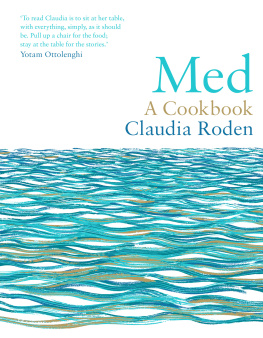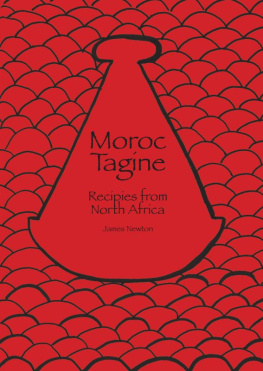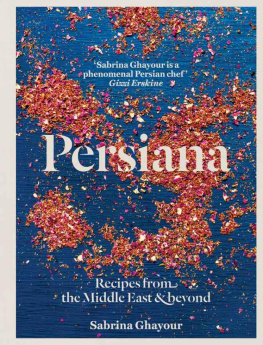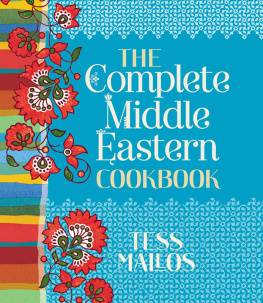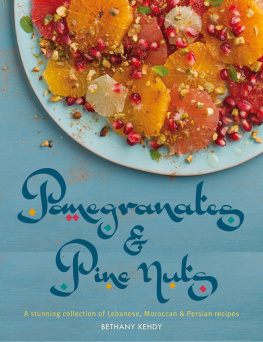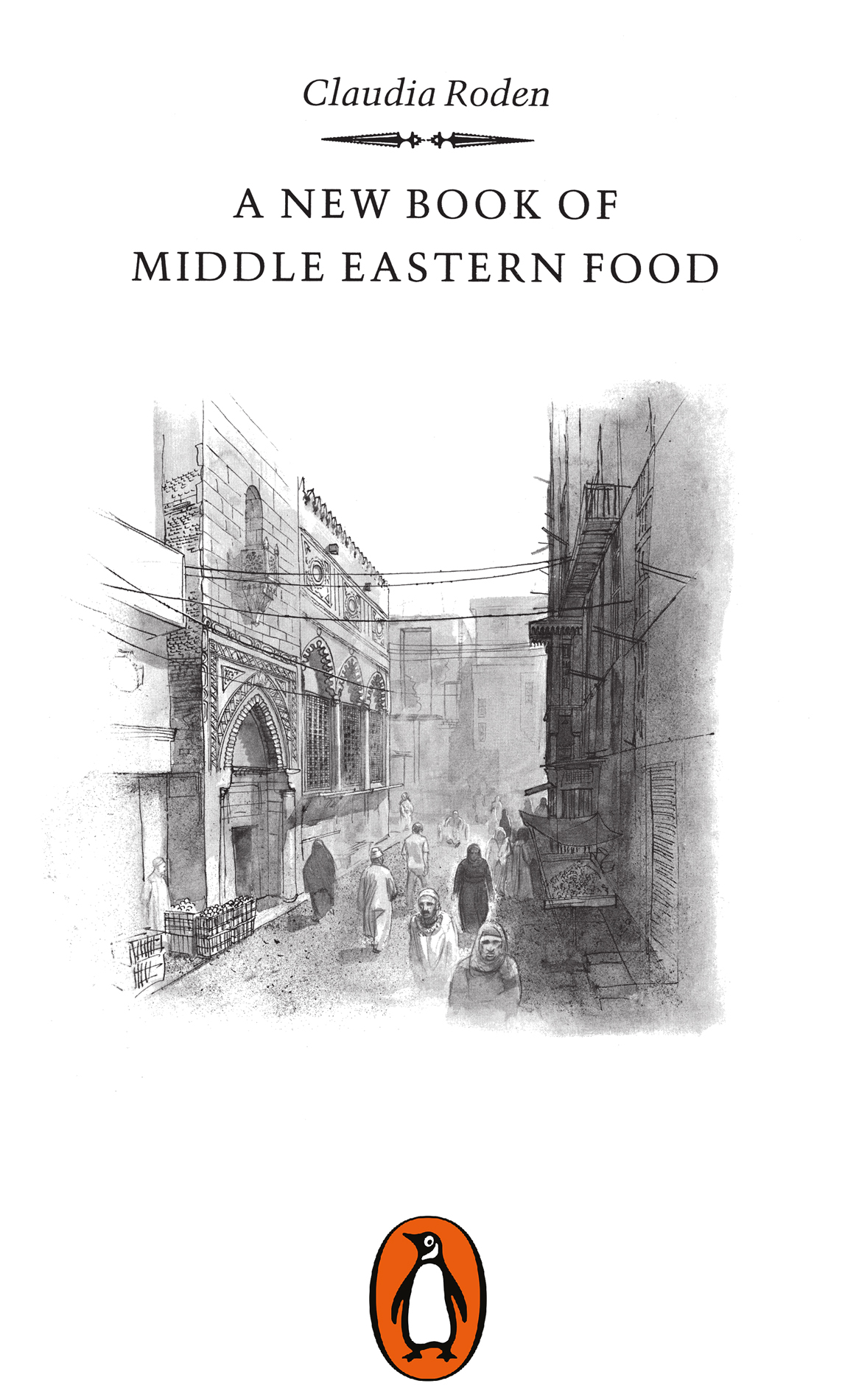Contents
PENGUIN BOOKS
UK | USA | Canada | Ireland | Australia
India | New Zealand | South Africa
Penguin Books is part of the Penguin Random House group of companies whose addresses can be found at global.penguinrandomhouse.com.
First published as A Book of Middle Eastern Food by Thomas Nelson 1968
Published in Penguin Books 1970
Revised edition published as A New Book of Middle Eastern Food by Viking 1985
Published in Penguin Books 1986
Reissued in this edition 2018
Copyright Claudia Roden, 1968, 1985
All rights reserved
Drawings by Murray Zanoni
Cover image Getty Images
ISBN: 978-1-405-93778-8
PENGUIN COOKERY LIBRARY
A NEW BOOK OF MIDDLE EASTERN FOOD
Claudia Roden was born and brought up in Cairo. She finished her education in Paris and later studied art in London. Starting as a painter, she was drawn to the subject of food partly through a desire to evoke a lost heritage one of the pleasures of a happy life in Egypt. The local delight in food, like the light, colour and smells and the special brand of hospitality, warmth and humour, has left a permanent impression.
With her bestselling classic, A Book of Middle Eastern Food (Penguin 1970, revised edition A New Book of Middle Eastern Food, 1985), first published in 1968, Claudia Roden revolutionized Western attitudes to the cuisines of the Middle East. Her intensely personal approach and her passionate appreciation of the dishes enchanted readers, while she introduced them to a new world of foods, both exotic and wholesome. The book received great critical acclaim, and the publication of the enlarged edition was enthusiastically welcomed.
She has continued to write about food with a special interest in the social and historical background of cooking. In 1981 Penguin reissued Coffee: A Connoisseurs Companion, which was followed by Picnic. Then came Claudia Rodens Mediterranean Cookery which accompanied the BBC television series, Mediterranean Cookery with Claudia Roden, and The Food of ItalyRegion by Region. This was followed by The Book of Jewish Food, Tamarind and Saffron, ArabesqueA taste of Morocco, Turkey and Lebanon, and The Food of Spain.
Claudia Roden has won many awards for her writing. The Book of Middle Eastern Food has continued to be celebrated. In 1992 Roden won the top prize of the Glenfddich Awards in celebration of a unique contribution to the food that we eat in Britain today. In 1999 she was a laureate of the Prince Claus Award for Culture in the Netherlands. In 2010 the book was inducted in the James Beard Foundation Cookbook Hall of Fame in the US. Other awards have included: in 2013 the Johannes van Dam Award for gastronomy in The Netherlands and the Guild of Food Writers Life Achievement Award; in 2014 the Fortnum and Mason Jurys Award; and in 2015 the Jerusalem International Jewish Film Festival Award for Achievement.
THE BEGINNING
Let the conversation begin
Follow the Penguin Twitter.com@penguinUKbooks
Keep up-to-date with all our stories YouTube.com/penguinbooks
Pin Penguin Books to your Pinterest
Like Penguin Books on Facebook.com/penguinbooks
Listen to Penguin at SoundCloud.com/penguin-books
Find out more about the author and
discover more stories like this at Penguin.co.uk
To
Paul, Simon, Nadia and Anna

Acknowledgements
I gratefully extend my thanks to the many people of the Middle East who so generously contributed recipes, advice and their culinary experience, and whose enthusiasm and strong conviction of the value of their culinary tradition were the origin of this book.
I wish to thank my parents, my father, whose enjoyment of life and appreciation of Middle Eastern food inspired me to perpetuate the tradition, and my mother, who advised and guided me throughout.
I wish to thank my husband, my brothers, Ellis and Zaki Douek, and their wives for their constant sympathetic support, encouragement and valuable advice, many friends for their interest and gracious sampling of my food, and my children, who allowed me to write the book.
Of those who contributed recipes, I am particularly indebted to Mrs Iris Galante, Mrs Lily Galante, my aunt Rgine Douek, Mrs R. Afif, Mrs Irene Harari, Mrs I. Laski and Mrs S. Gaon.
I would like to express my warmest appreciation of the overwhelming generosity I encountered at the various Arab and North African Embassies, and the Islamic Centre, and for the recipes, help and advice given to me by members of the embassy staffs and their wives, some of whom extended the hospitality of their homes.
I am equally indebted to the Israeli Embassy for their generous advice, and to the Israeli Government Tourist Office for supplying me with recipes.
I wish to extend my deepest gratitude to Miss Belinda Bather, whose rich experience was the major source of the Turkish recipes, and to Mrs V. Afsharian who contributed many Persian dishes.
I wish to record my gratitude to Professor A. J. Arberry, with whose kind permission I have been able to include many recipes from al-Baghdadis medieval manual and various culinary poems which he translated, and to Monsieur Maxime Rodinson, from whose valuable studies in Arab culinary history and analysis and extracts from the Wusla il al Habib I have drawn much information.
Finally, I wish to thank my editor, Helena Radecka, for her constant invaluable guidance from the early stages of my project, and for her enthusiasm and understanding throughout. Without her the book would not have been as it is.
I have many more people to thank for this new edition. I cannot name all those who gave recipes and helped in different ways but I remember them all gratefully, especially Amin Hadad who invited me into the kitchen of the Fakhreldine, the late Josephine Salam who taught me a great deal and Sami Zubeida. My greatest debt is to Jill Norman who gave much valued advice. The brilliant studies of Maxime Rodinson continue to be an inspiration; his works are the source of much of my information about the history of Arab food. I have special thanks for Eleo Gordon who has seen this edition to press.
Using the Book
Recipes are designed to serve 6 people generously unless otherwise stated. Teaspoons, tablespoons and teacups are of the sizes most commonly found in English households. With some exceptions, quantities and measures need not be interpreted with too much precision. They should be used as a guide, and after the initial trying out of a new recipe, readers are encouraged to trust their taste and to taste often, and allow themselves a certain freedom in preparation. This is in the spirit of a cuisine which is rich in regional differences.

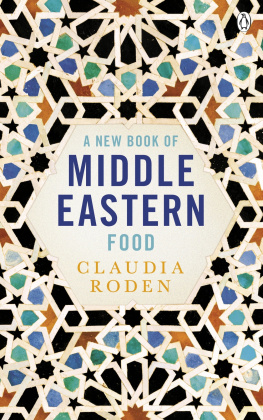
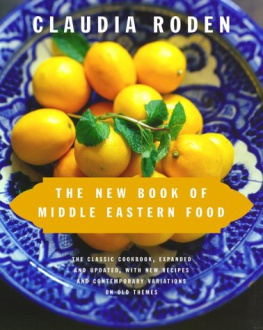

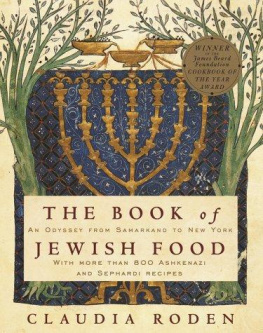
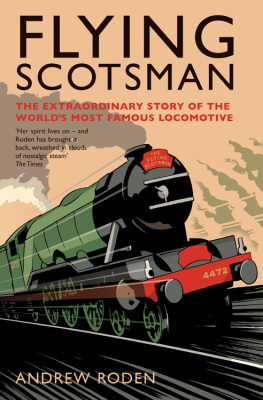

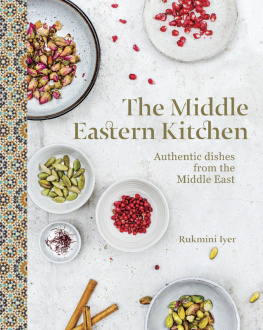

![Claudia Roden - Claudia Rodens Mediterranean: Treasured Recipes from a Lifetime of Travel [A Cookbook]](/uploads/posts/book/289768/thumbs/claudia-roden-claudia-roden-s-mediterranean.jpg)
